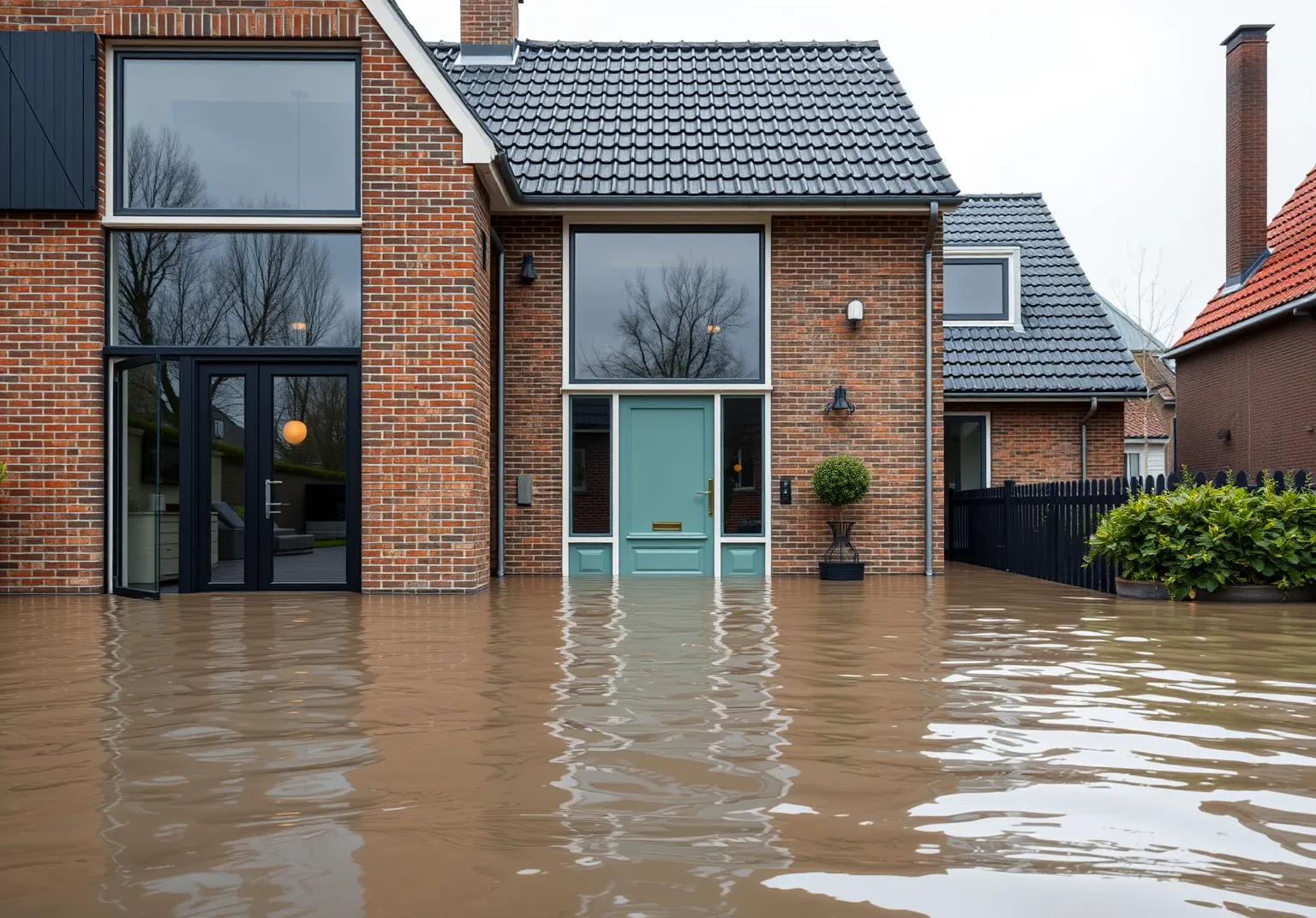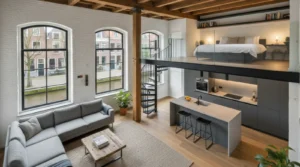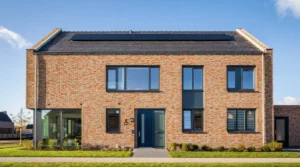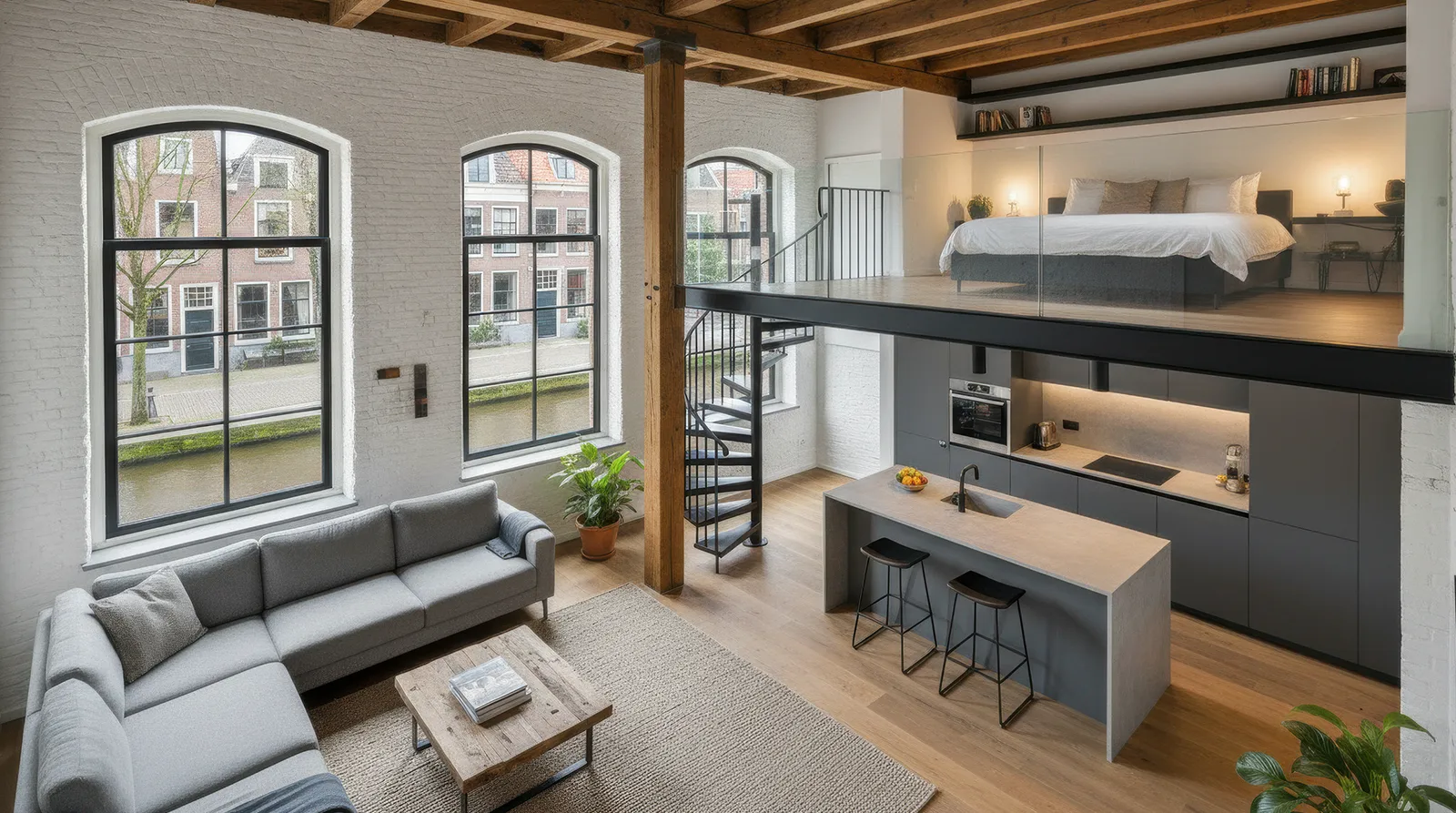Waterproofing Your Dutch Home: Protecting Against Moisture and Floods
Introduction
Waterproofing your home is a crucial aspect of maintaining its integrity and ensuring the comfort and safety of its occupants. In the Netherlands, where moisture and flooding are common issues, it is particularly important to implement effective waterproofing measures. This article will guide you through the key concepts, methods, and materials for waterproofing your Dutch home, focusing on moisture protection and flood prevention.
Basic Concepts
Understanding Moisture and Water Damage
Moisture and water can cause significant damage to a home, leading to issues such as mold, structural weakening, and health problems. It is essential to understand the sources of moisture and how to prevent water from entering your home.
Importance of Waterproofing
Waterproofing is not just about preventing leaks; it also involves ensuring that the design and construction of your home are capable of managing and redirecting water effectively. This includes proper roof design, gutter systems, and the use of waterproof materials.
Roof Waterproofing
Design and Execution
The roof is the most exposed part of your home, making it a critical area for waterproofing. The design of the roof must include a sufficient slope to allow water to flow off quickly, and the use of waterproof panels and membranes is essential. The meetings of different panels, chimneys, and downspouts must be treated meticulously to avoid any failures that could compromise the entire roof.
Maintenance and Cleaning
Regular maintenance is vital, especially if your home is surrounded by trees. Accumulation of branches and leaves can prevent gutters from functioning properly, so regular cleaning is necessary. Ensure that your gutters and downspouts are clear and functioning correctly to prevent water accumulation on the roof.
Basement and Crawl Space Waterproofing
Shell Insulation
In the Netherlands, shell insulation has been used for centuries due to its moisture-resistant properties. Shells, particularly cockle shells, are used to create a thick layer of insulation in crawl spaces. This method not only provides insulation but also keeps the air dry due to the high lime content of the shells, preventing moisture, mold, and cold from rising into the living spaces.
Waterproof Membranes
Using waterproof membranes in basements and crawl spaces is another effective method. These membranes can be applied to the walls and floor to prevent water from seeping in. Additionally, ensuring good drainage around the home by installing a French drain or similar system can help redirect water away from the foundation[4].
Flood Prevention
Innovative Materials and Designs
Flood-proof construction involves using special materials and designs to protect your home from flood damage. This includes building on a waterproof membrane, using bricks with water pockets, and installing flood windows and doors with advanced locking and sealing options. These materials and designs help to control water and minimize its potential damage.
Waterborne Architecture
In areas prone to flooding, waterborne architecture is becoming increasingly popular. This involves building homes on pontoons that allow the house to float in case of flooding. While still experimental, this concept is being explored in various regions, including the Netherlands, as a permanent solution for flood-proof homes.
Practical Tips for Waterproofing Your Home
Regular Inspections
- Roof Inspections: Regularly inspect your roof for damaged or missing tiles, and ensure that all joints and connections are sealed properly.
- Gutter Maintenance: Clean your gutters and downspouts regularly to ensure they are functioning correctly.
- Wall and Foundation Checks: Inspect your walls and foundation for any signs of moisture or water damage.
Use of Waterproof Materials
- Waterproof Membranes: Apply waterproof membranes to your basement and crawl space walls and floors.
- Sealants: Use high-quality sealants around windows, doors, and any joints or connections.
- Flood-Proof Materials: Consider using flood-proof materials such as special bricks and flood windows and doors.
Proper Drainage
- Gutters and Downspouts: Ensure that your gutters and downspouts are clear and functioning correctly.
- French Drains: Install a French drain or similar system to redirect water away from your home’s foundation.
Combating Moisture Problems
Relative Humidity and Temperature
Maintain a relative humidity of about 55% and a temperature between 15 to 18 degrees Celsius to prevent condensation and moisture issues. Avoid activities that raise the relative humidity, such as cooking without using an extractor fan, as this can make your walls vulnerable to moisture.
Ventilation
Ensure good ventilation in your home, especially in areas prone to moisture such as bathrooms and kitchens. Proper ventilation helps to reduce the risk of mold and moisture-related problems.
Conclusion
Waterproofing your Dutch home is a multifaceted process that involves careful design, proper materials, and regular maintenance. By understanding the key concepts and implementing the practical tips outlined in this article, you can protect your home against moisture and floods, ensuring a safe and comfortable living environment.
Summary of Key Points
- Roof Design and Maintenance: Ensure the roof has a sufficient slope and is properly maintained to prevent water accumulation.
- Basement and Crawl Space Waterproofing: Use shell insulation or waterproof membranes to protect these areas.
- Flood Prevention: Utilize innovative materials and designs such as waterborne architecture and flood-proof materials.
- Regular Inspections and Maintenance: Regularly inspect and maintain your home’s waterproofing systems.
- Proper Drainage: Ensure good drainage around your home to redirect water away from the foundation.
By following these guidelines, you can effectively waterproof your Dutch home and safeguard it against the challenges posed by moisture and flooding.










